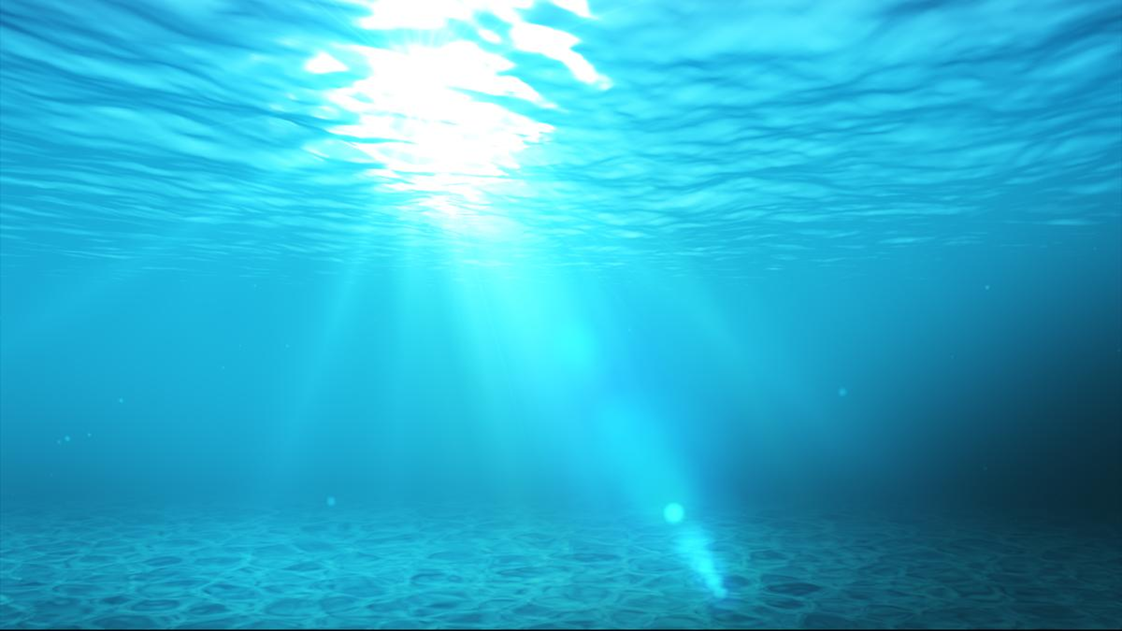- Courses
- GS Full Course 1 Year
- GS Full Course 2 Year
- GS Full Course 3 Year
- GS Full Course Till Selection
- Online Program
- GS Recorded Course
- NCERT (Recorded 500+ Hours)
- Polity Recorded Course
- Geography Recorded Course
- Economy Recorded Course
- AMAC Recorded Course
- Modern India, Post Independence & World History
- Environment Recoded Course
- Governance Recoded Course
- Science & Tech. Recoded Course
- International Relations and Internal Security Recorded Course
- Disaster Management Module Course
- Ethics Recoded Course
- Essay Recoded Course
- Current Affairs Recoded Course
- CSAT
- 5 LAYERED ARJUNA Mentorship
- Public Administration Optional
- ABOUT US
- OUR TOPPERS
- TEST SERIES
- FREE STUDY MATERIAL
- VIDEOS
- CONTACT US
Exploring Freshwater Resources under the Ocean Bed
Exploring Freshwater Resources under the Ocean Bed

As the world is facing depletion of freshwater resources, the discovery of freshwater reserves beneath the seabed is attracting significant attention.
- Recent discoveries have revealed substantial reserves of fresh water beneath the ocean floor, providing a potential solution to this global challenge.
Formation Mechanisms of Freshwater under the Ocean Bed:
1. Subterranean Flow: Rainwater and surface water can seep into the ground, deep into the Earth's crust, and accumulate in underground reservoirs or aquifers beneath the ocean floor.
2. Geological Processes: Geological activities such as tectonic movements and volcanic eruptions can create fractures, faults, and cavities in the Earth's crust, trapping freshwater and preventing it from mixing with seawater.
3. Submarine Springs: Underwater springs are underwater holes that release freshwater into the ocean. These springs occur where groundwater from aquifers below sea level emerges from holes in the sea floor.
4. Glacial Melting: During periods of glaciation, large ice sheets store large amounts of fresh water. As glaciers melt, fresh water can be released into the ocean, creating layers of less dense water that float on top of the denser seawater below.
Significance of Freshwater Reserves under the Ocean Bed:
- Freshwater reserves under the ocean bed are crucial, as only 2.5% of Earth's water is freshwater.
- These reserves, like the recently discovered river at the bottom of the Black Sea, provide a potential source of freshwater for various purposes, including drinking, agriculture, and industrial use.
Legal Aspects of Freshwater Exploration under the Ocean Bed:
- International laws govern the exploration and use of ocean resources, including freshwater reserves under the ocean bed.
- The United Nations Convention on the Law of the Sea (UNCLOS) is the primary legal framework that defines the rights and responsibilities of states in ocean areas.
- UNCLOS regulates resources like minerals, raising questions about the classification of freshwater.
- Exclusive Economic Zones (EEZs) grant states sovereign rights over marine resources within their 200-mile zones, while the "Area" beyond EEZs is collectively governed by the international community.
- The 1958 Geneva Conventions also addressed ocean law but were less comprehensive compared to UNCLOS.
In conclusion, the exploration of freshwater reserves under the ocean bed offers a solution to address global freshwater scarcity. Understanding the formation mechanisms, significance, and legal aspects of these reserves is crucial for sustainable management and equitable access to this valuable resource.



